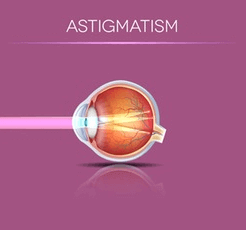 Astigmatism
Astigmatism
Astigmatism is a common eye problem that affects millions of people. Asymmetric steepening of the cornea or natural lens causes light to be focused unevenly, which is the main optical problem in astigmatism. To individuals with uncorrected astigmatism, images may look blurry or shadowed. Astigmatism can accompany any form of refractive error and is very common.
Astigmatism can be corrected with glasses, contact lenses, corneal relaxing incisions, laser vision correction, and special implant lenses.
Hyperopia (Farsightedness)
Farsighted individuals typically develop problems reading up close before the age of 40. The farsighted eye is usually slightly shorter than a normal eye and may have a flatter cornea. Thus, the light of distant objects focuses behind the retina unless the natural lens can compensate fully. Near objects require even greater focusing power to be seen clearly and therefore, blur more easily.
LASIK, Refractive Lens Exchange, and contact lenses are a few of the options available to correct this common eye problem.
Presbyopia
Presbyopia is a common vision issue that typically becomes noticeable for most people around age 45. In children and young adults, the lens inside the eye can easily focus on distant and near objects. With age, the lens loses its ability to focus adequately.
Although presbyopia is not completely understood, it is thought that the lens and its supporting structures lose the ability to make the lens longer during close vision efforts. To compensate, affected individuals usually find that holding reading material further away makes the image clearer. Ultimately, aids such as reading glasses are typically needed by the mid-forties.
Besides glasses, presbyopia can be dealt with in a number of ways. Options include monovision and multifocal contact lenses, monovision laser vision correction, and new presbyopia-correcting implant lenses.
 Myopia (Nearsightedness)
Myopia (Nearsightedness)
Nearsightedness is one of the most common eye problems that can be corrected with the help of a trained ophthalmologist. Nearsighted individuals typically have problems seeing well at a distance and are forced to wear glasses or contact lenses. The nearsighted eye is usually longer than a normal eye, and its cornea may also be steeper. Therefore, when light passes through the cornea and lens, it is focused in front of the retina. This will make distant images appear blurred.
There are several refractive surgery solutions available to correct nearly all levels of nearsightedness.

Keratoconus
Keratoconus is an eye condition that happens when the cornea becomes thin and cone-shaped. The cornea is the clear, dome-shaped front part of your eye that focuses light into the retina. A cone-shaped cornea prevents light from being focused correctly on the retina, which causes blurry and distorted vision and may cause sensitivity to light and glare.
When symptoms are mild, keratoconus can be treated with eyeglasses or special hard contact lenses. There are also surgical options for treating keratoconus.
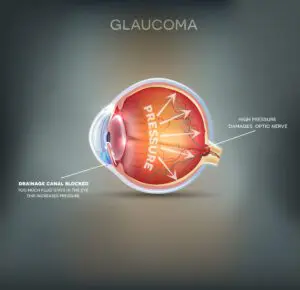
Glaucoma
Glaucoma is a group of eye diseases that damage your eye’s optic nerve. The most common type is called open-angle glaucoma, and it is what most people are referring to when they say “glaucoma.” Open-angle glaucoma usually happens when fluid builds up in the front part of your eye, and that fluid increases the pressure in your eye, which causes damage to the optic nerve. But glaucoma can also happen even with normal eye pressure.
Damage from glaucoma is permanent, meaning it cannot be reversed. But there are treatments available to slow or stop further damage.

Diabetic Retinopathy
Diabetic retinopathy is an eye condition that can cause vision loss and blindness in people with diabetes. It affects blood vessels in the retina, the light-sensitive layer of tissue in the back of your eye. If you have diabetes, it’s crucial to get comprehensive, dilated eye exams once a year. Diabetic retinopathy may not have symptoms at first, but catching it early can help you get treatments to protect your vision.
Treatment for diabetic retinopathy varies depending on the extent of the disease. First and foremost, you can help prevent or slow the development of diabetic retinopathy by managing your diabetes and taking prescribed medications, eating healthy, exercising, controlling high blood pressure, and avoiding alcohol and smoking.
If you’re experiencing any of these common eye problems or other eye diseases, our trained and certified doctors may be able to help give you clear vision. Get in touch to schedule a free consultation today!


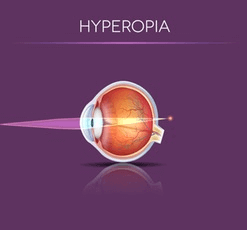
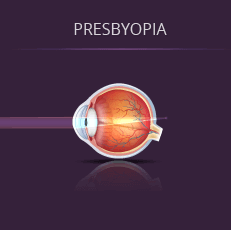
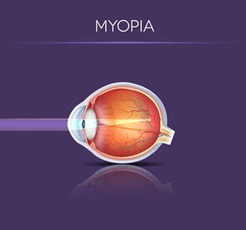 Myopia (Nearsightedness)
Myopia (Nearsightedness)


